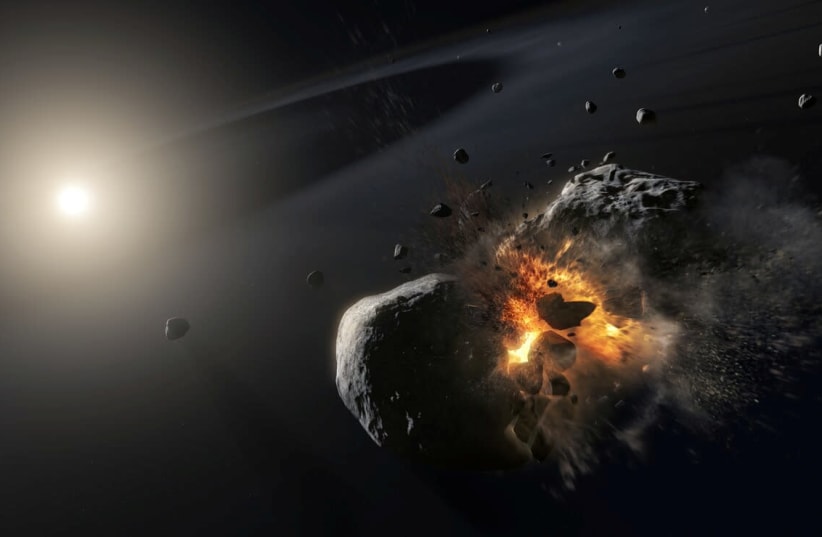The announcement clears up fears that had lingered since 2004, when the asteroid 9942 Apophis was identified as one of the most hazardous potential asteroids that could strike the planet. However, this has now been ruled out thanks to a growing understanding of the asteroid and its orbit by astronomers, as well as new radar observations using precise orbit analysis.
And good thing, too. At an estimated 1,100 feet (340 meters) in diameter, the asteroid was set to veer close to the planet in 2029. Later assessments pushed back this date to 2036, and again until 2068. Now, there is a high degree of confidence among astronomers that there is no chance of it impacting Earth.
“A 2068 impact is not in the realm of possibility anymore, and our calculations don’t show any impact risk for at least the next 100 years,” said Davide Farnocchia of NASA’s Center for Near-Earth Object Studies (CNEOS), which is managed by NASA’s Jet Propulsion Laboratory in Southern California.
“With the support of recent optical observations and additional radar observations, the uncertainty in Apophis’ orbit has collapsed from hundreds of kilometers to just a handful of kilometers when projected to 2029. This greatly improved knowledge of its position in 2029 provides more certainty of its future motion, so we can now remove Apophis from the risk list.”
Of course, Apophis will still pass by the Earth in 2029 – specifically on April 13 – at distance less than 20,000 miles (32,000 kilometers) from the Earth's surface. This is notable, as it would be closer than many geosynchronous satellites. In fact, it will be so close so anyone in the Eastern Hemisphere would be able to see it, even without telescopes or binoculars.
For even better comparison, last week, a sizeable asteroid designated 2021 EQ3 passed by the Earth at a distance closer than the Moon. However, it was only 278,000 kilometers above the surface – much farther away than Apophis will be.
Not only that, but Apophis is also much smaller, having a diameter of just 38 meters.
Another asteroid, 2001 FO32, had made headlines for flying by the planet as well on March 21. But while this one was far larger, having a diameter of a mile, it was at a distance of 1.3 million miles away from the planet – which is five times farther than the Moon.
Sarah Chemla contributed to this report.
